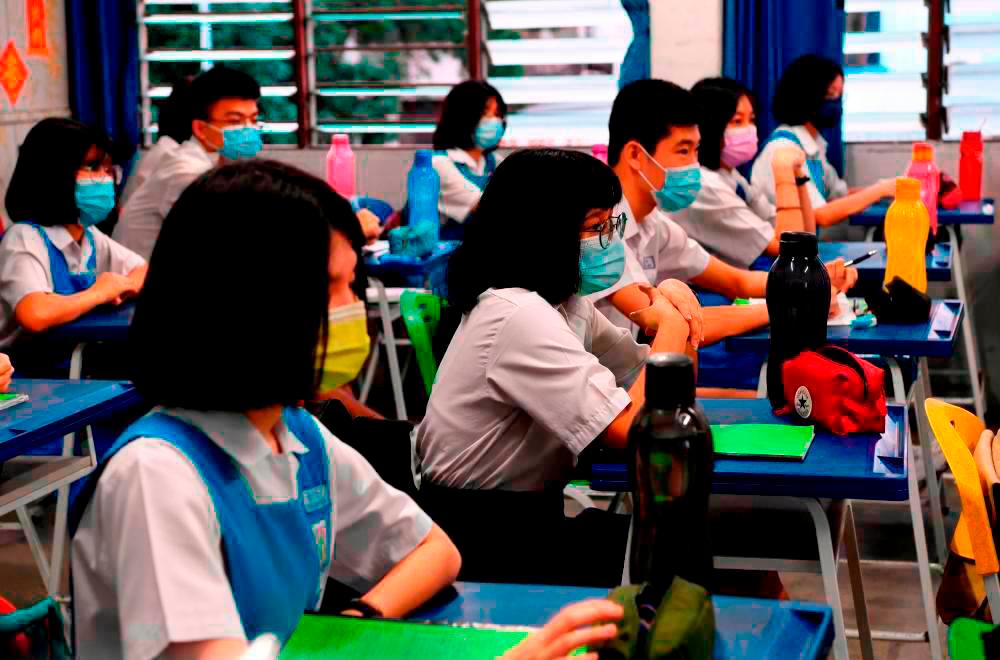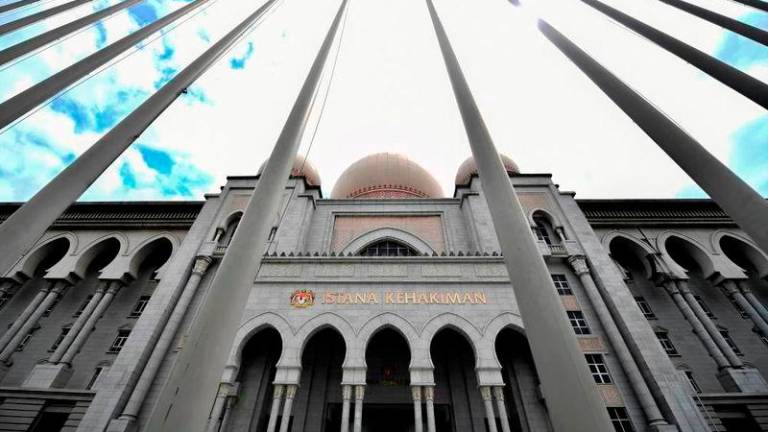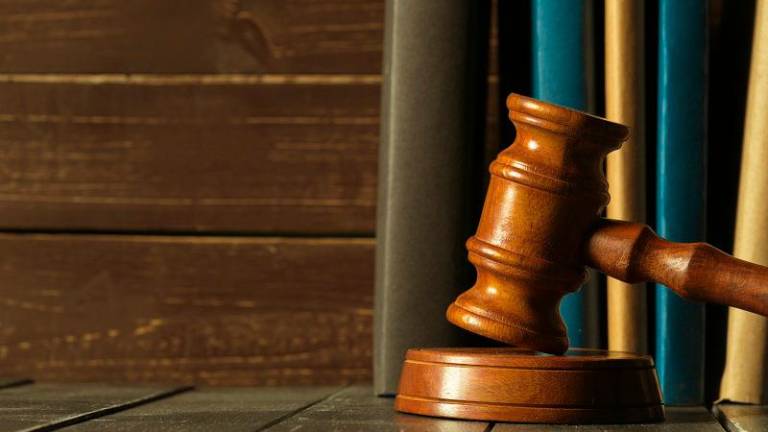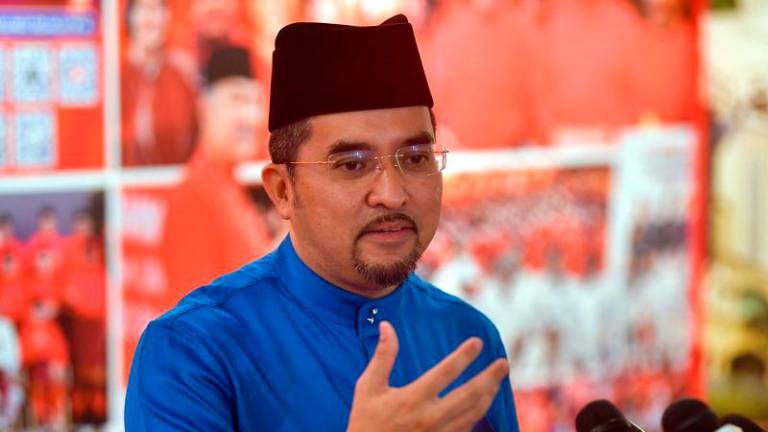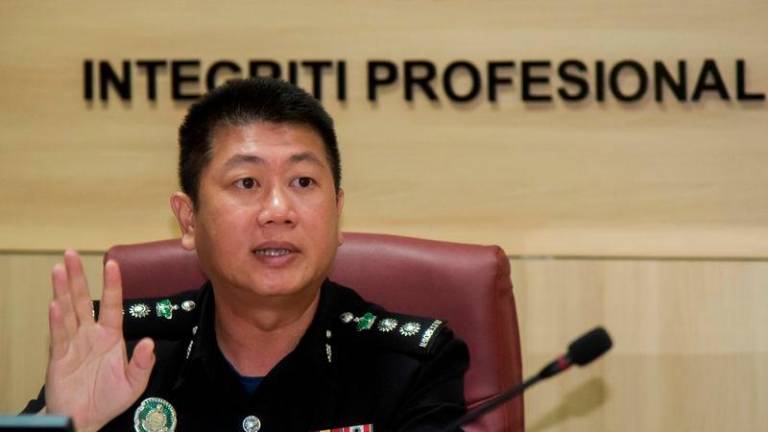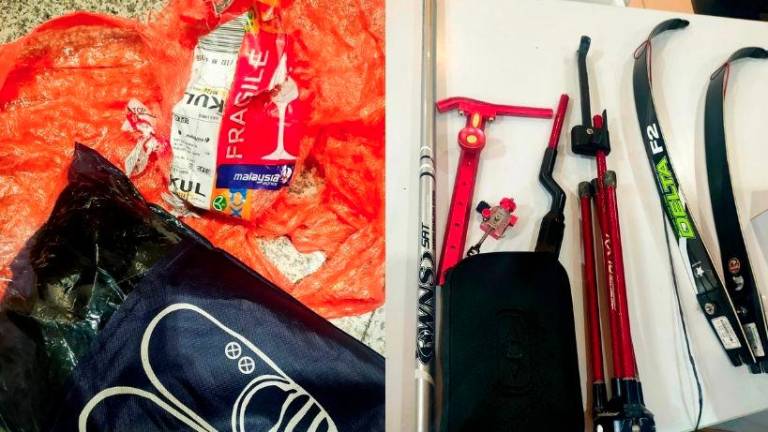BLOOD pressure and glucose levels are monitored regularly to intelligently institute intervention when readings spike.
It is to capture trends and trigger situational awareness to gauge and address issues to avoid complications.
This is the same reason why school tests and examinations are regularly carried out to monitor the progress of students.
If such monitoring is closely followed and intervention quickly instituted when marks dip, there is a high likelihood that we could have avoided reading in the newspapers the catastrophic news that 77% of candidates failed or received a Grade E in the recent 2022 SPM examination.
More frightening is the fate of 14,858 students who did not have this issue as they had failed to even appear for the exam.
It is likely that knee-jerk reactions leading to the urgent formation of endless committees to look into this matter might arise, but there is a need to appreciate the ground reality of the real issues.
The most obvious observation is that it is unlikely that 77% of candidates woke up one day and suddenly decided to fail or receive a Grade E.
A gradual decline in performance as well as the corresponding poor attitude in such students over a period of time prior to the SPM exams could have been noticed by the teachers.
The students may have had a flippant outlook on the seriousness of these exams and were too self-absorbed with careless indulgence in profitless time-spending activities.
To what degree were these monitored and to what extent did the schools institute interventions are questions that we must ask.
We cannot blame anyone and it is understandable that the present attitude of students these days is generally questionable but unless proactive interventions happen nothing positive will take place.
This requires school authorities to look outside of the box for a solution.
In 1997, one headmistress in a government secondary school took a bold step.
She was disheartened to see poor performing students in her Form 5D and E class missing classes and showing an overall lackadaisical attitude.
Other teachers too joined the chorus of complaints about these students.
The headmistress and Parent Teachers Association (PTA) sought help from Sathya Sai Academy for Human Values, under the Sathya Sai International Organisation Malaysia, an organisation dedicated to selfless service and the promotion of human values.
The senior team of youth members from the academy volunteered their time from work on Friday mornings between 7.30am and 8.30am to train 70 poor-performing students identified by the headmistress and teachers.
These students were really poor performers and were deemed to fail as they were not even keen to attend classes and probably were doing so due to the pressure of parents.
The senior youth team who were working professionals volunteered their time free of charge and carried out a structured training programme called “Student Training in Attitude and Responsibility” for many weeks.
Every week these senior youth volunteers conveyed life lessons by engaging in management games.
They built a respectable bond with these students which caused perspectives to change and a higher purpose to be triggered.
The school’s PTA supported the initiative and even sponsored a two-day one-night camp at a resort in Port Dickson.
The life experiences of the senior youth team were shared on how to succeed.
The headmistress was over the moon when she saw how the students were responding and the following week the students themselves wanted to attend a series of free tuition programmes offered by the Sathya Sai Academy.
It was obvious an aspiration to succeed was triggered.
The sacrifice and care of the volunteer team continued. The support of the school authorities intensified.
The support of the PTA increased. The engagement from the students became more serious.
It was a collective effort that resulted in the announcement of the same headmistress in the newspapers the following year when the SPM results were announced. Seventy of the sure failures had passed.
Hence, it was proven that a poor-performing student is not unintelligent.
They just have not found the right reason to motivate themselves to study.
Often peer pressure coming from broken homes, possessing low esteem, driven by a lack of confidence, gravitates one’s interest to performing.
The academy since then received many invitations from other schools for the same programme.
It is timely that this volunteer organisation be allowed to offer services of this nature to trigger motivation and learning as the burden cannot rest alone with teachers and school authorities.
Shaping attitude requires a specialised approach that involves love, care and concern, and we need to subject ourselves to retraining so that teachers can understand better the students and their respective terrain.
Another point is that poor performers learn differently.
They might need more visual aids with greater engagement compared with straight-A students.
Only 2.7% of the total 373,974 candidates who sat for the exam, only 10,109 received straight A’s while 70,000 students failed Bahasa Malaysia and History, a figure that urgently requires assessment of teaching methods.
A sizeable number of students do not also see the relevance of higher education.
According to Utusan Malaysia, a 2019 report from the Statistics Department revealed that of the 560,000 people who took the SPM examination, 390,000 were interested in obtaining a job right away, while only 170,000 wanted to continue their studies.
These figures must ring alarm bells to review our systems which calls for greater flexibility to adapt to the changing landscapes.
We need out-of-the-box solutions, urgently and critically.
The Education Ministry must expand its partnership to non-governmental organisations, volunteer groups and other agencies to help address these issues, after all, as they say, it takes an entire village to educate one individual.
Comments: letters@thesundaily.com



